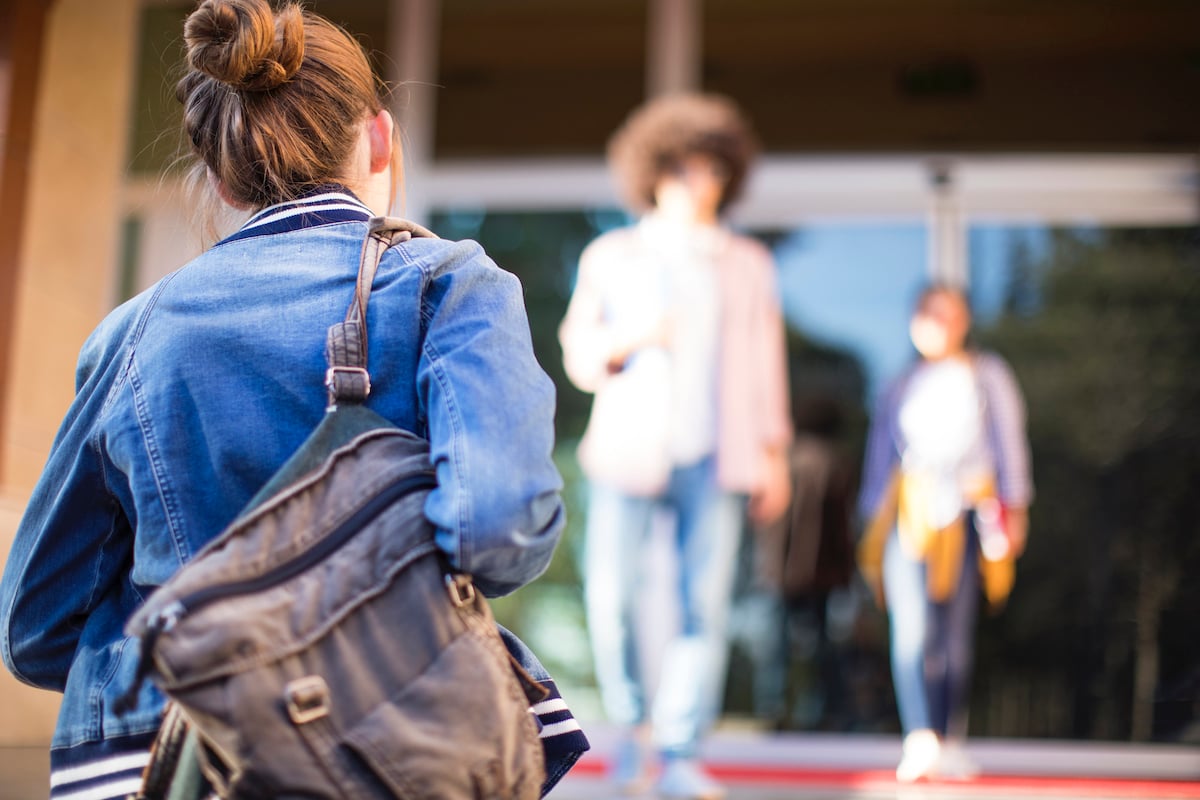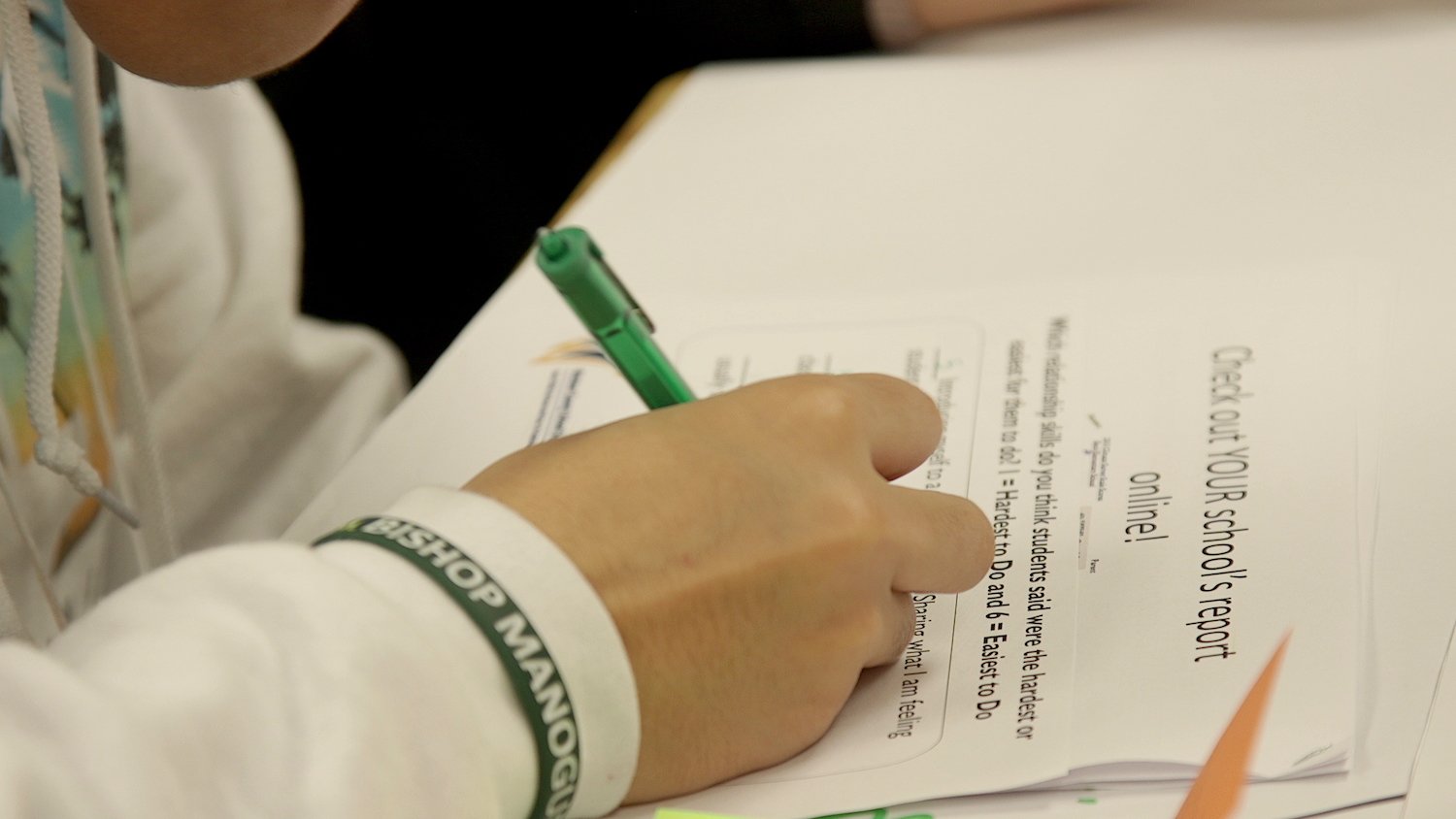As part of our mission to ensure every child thrives in school, Panorama offers several ways to measure student experience. Our Student Check-Ins are a powerful, versatile, low-lift tool that your district can use to ensure immediate student needs are being met.
Check-Ins enable educators to quickly understand—and act on—student experiences throughout the course of the academic year. Check-ins are a low-lift, flexible companion to annual or bi-annual student feedback surveys, and give teachers the ability to identify the students who need extra help right now.
In order to meet—and respond to—these needs, teachers need to understand:
- How their students are doing
- Which students need their support right now
- How they can best meet their students’ needs
That’s where Check-Ins can be a powerful tool. In this blog, we're sharing 15 ways educators can use Check-Ins to quickly and easily ask students how they are doing—focusing on students’ well-being. Educators can then use the information students share to plan targeted supports in response.
Download our full Check-ins Question Bank (includes 90 questions!)
Check-Ins: A Low-Lift, Meaningful Way to Build Relationships and Create Action Plans
Listening to student voice is central to fostering a safe, supportive learning environment. When students feel that their concerns are being heard—and that their needs are being met—they’re more likely to trust their teachers. And that trust is the foundation of meaningful student-teacher relationships.
Check-Ins supercharge teachers’ ability to listen and respond to student needs. Using them, teachers can:
- Easily connect with students: Select questions from an item bank supplied by Panorama, or add questions customized to the specific to your needs. Send the check-ins to all students or a subset of students.
- Instantly view results and explore trends: Explore the data at the question and student level, to investigate overall trends and better understand the unique experiences of students now.
- Create action plans and monitor progress: Quickly follow up with individual students, plan interventions for individual students or small groups, or plan school-wide or district-wide Tier 1 practices and programs in response.
In addition to creating and adding check-in questions unique to your needs, Panorama provides a bank of 80+ questions that encompass a wide range of topics, addressing:
- Student well-being: What emotion are you feeling the most today?
- Life skills and competencies: During the past 30 days, how often did you compliment others’ accomplishments?
- Classroom feedback: How much did you enjoy class today?
Check-ins can be easily implemented into daily lessons and class time. For example, educators at Spokane Public Schools use check-ins to connect with students and provide "just-in-time" supports. We’re sharing 15 ways educators can use Panorama Check-Ins to listen and quickly respond to student needs—and build strong relationships that make a big impact on student success.
15 Ways Educators Can Use Panorama Check-Ins
1. During morning meetings
2. Before a lesson to gauge student sentiment
3. Class icebreakers during summer school
4. As a pre-meeting tool before 1-1 student conferences
5. During wellness pulse checks
6. As part of closing circles
7. At the end of a lesson to capture immediate feedback
8. After leaving for or returning from an extended break
9. When introducing new or challenging content
10. As part of school-wide programming or presentations
11. On Mondays and Fridays to establish weekly routines
12. In place of taking daily attendance
13. Before or after a period of remote learning
14. During a designated weekly wellness day
15. During an advisory period
By centering these quick and meaningful moments of connection with students, teachers can continue to foster a safe and supportive classroom environment.
Ready to partner with Panorama for Student Surveys and Check-Ins? Schedule a demo of our platform







-2.png?width=1280&height=853&name=Untitled%20design%20(5)-2.png)